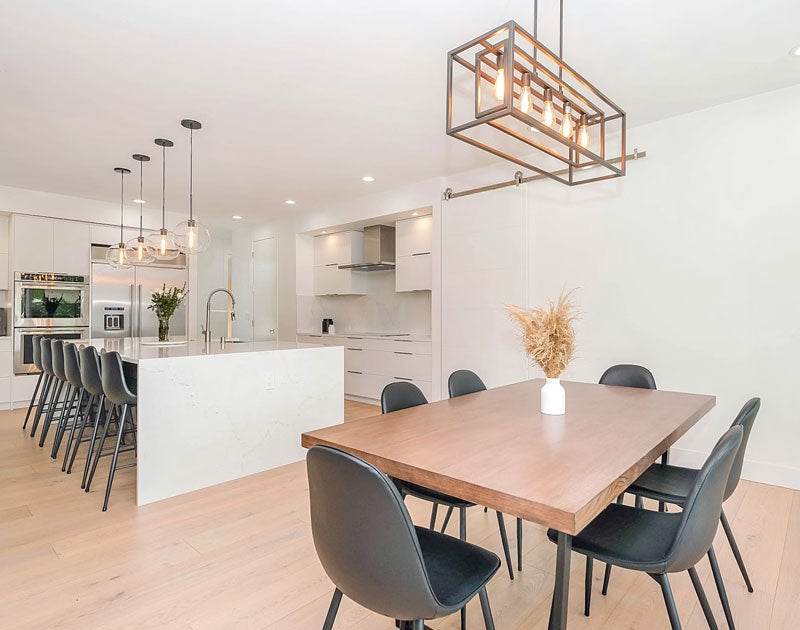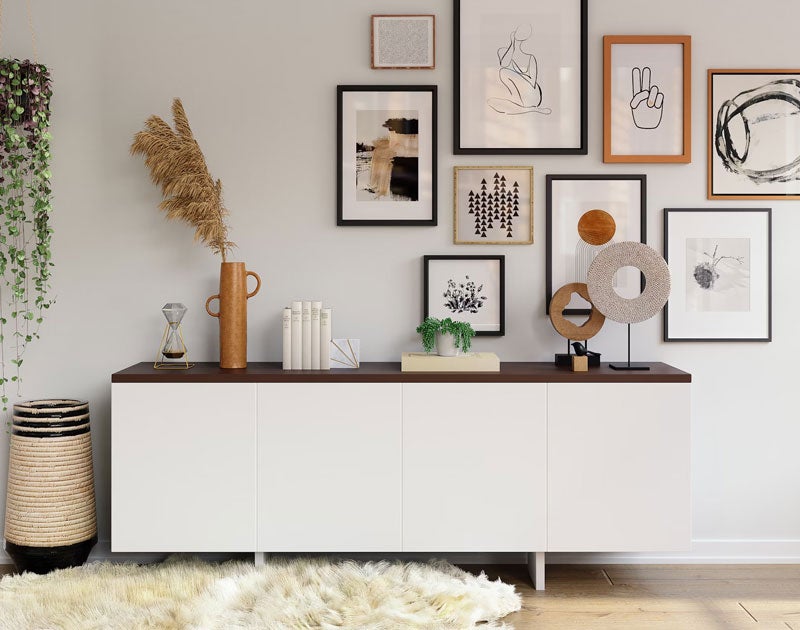Does staging help your home sell faster, and does it lead to a higher price? The data suggests that it often does. On average, staged homes tend to spend less time on the market—about 23 days compared to 143 days for un-staged homes, according to studies by the Real Estate Staging Association (Bias?). That reduction in market time can significantly lower carrying costs like mortgage payments, utilities, and insurance, which quickly add up when a home sits unsold.
Financially, staging can provide a solid return on investment. Staged homes have been known to sell for as much as 6.3% above the asking price, depending on the market conditions. While the cost of staging averages around $1,776 nationally, many sellers find the potential for a faster sale and a higher offer makes staging worthwhile. According to the National Association of Realtors (NAR), staging typically increases offer value by 1% to 5%, which is often more than enough to cover the costs involved.
The cost of staging can vary based on several factors, including the size of your home and local market rates. Some professional stagers charge by the room, while others may take a percentage of the listing price. There are ways to reduce staging costs as well—such as focusing on key rooms like the living room, kitchen, and main bedroom rather than staging the entire property. Additionally, simple DIY efforts, such as decluttering or rearranging existing furniture, can make a noticeable difference.



 Office: 400-1286 Homer Street, Vancouver, BC
Office: 400-1286 Homer Street, Vancouver, BC

